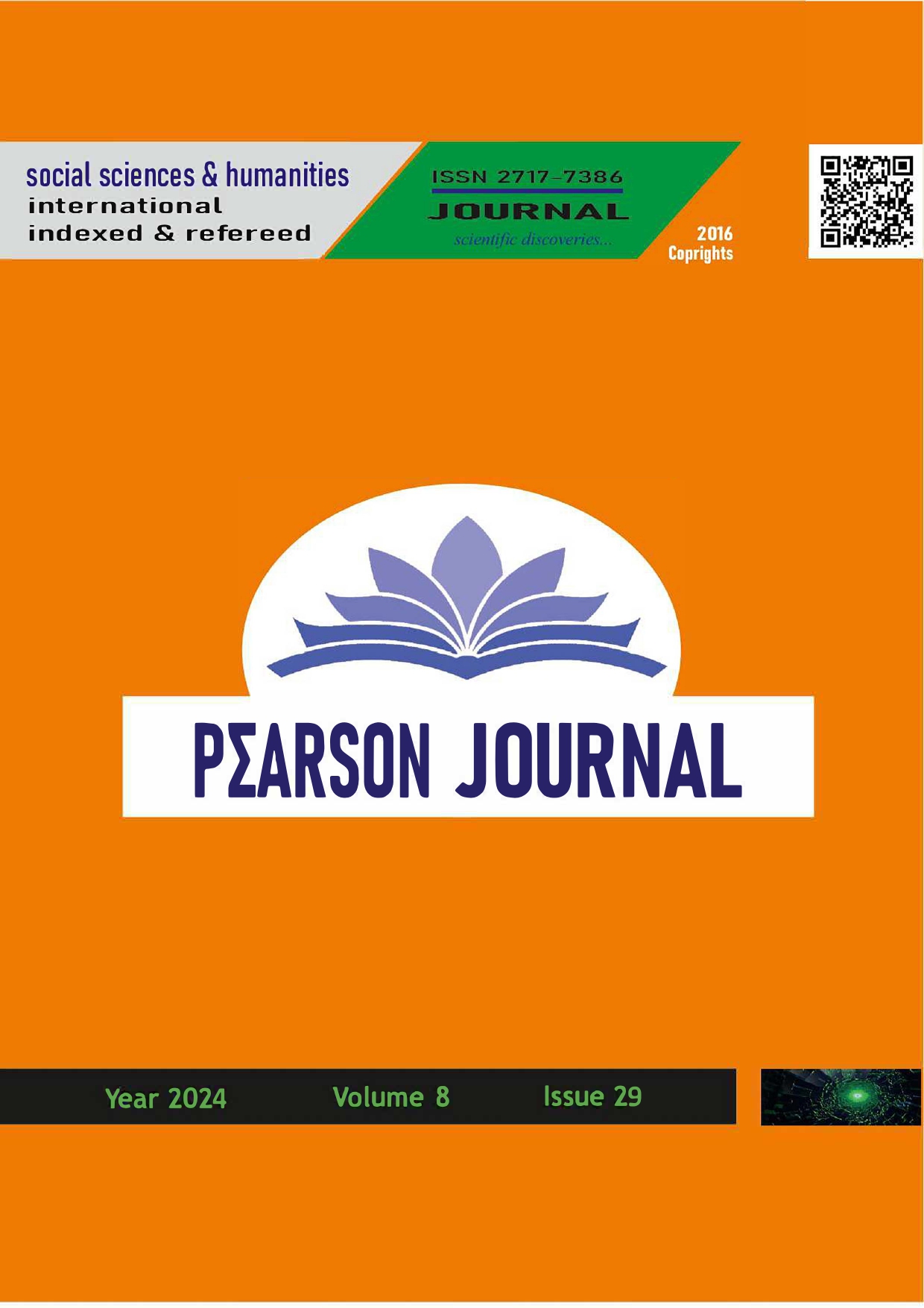Masculinity from Jung's Perspective
DOI:
https://doi.org/10.5281/zenodo.13386467Keywords:
Masculine, Feminine, Analytical Psychology, Archetypes, PsychicAbstract
In recent years, the concepts of masculine and feminine energy have become increasingly popular in the general society, especially on social media. These concepts are attributed to both women and men, as well as objects and countries. Therefore, the purpose of this review article is to discuss Carl Gustav Jung's life, analytical psychology theory and the concept of masculinity. In Jung's life, his parents' characters and childhood experiences are one of the important factors affecting his psychological development. In particular, his mother's two different personalities and authoritarian attitude caused Jung to experience internal conflicts from an early age. Jung's education and professional career shaped his interest and research in psychology. His friendship with Freud and his subsequent development of his own psychological theory enabled Jung to become an important figure in the field of analytical psychology. The concept of masculinity plays a central role in Jung's theory. According to Jung, every individual has both feminine and masculine qualities and it is important for these qualities to be in balance. Animus and anima archetypes play an important role in maintaining this balance and are of critical importance in the internal development of the individual. While masculine archetypes shape an individual's social roles and identity, feminine qualities are equally important. According to Jung's perspective, gender roles are flexible and expressed in different ways in each individual. In the process of individualization, it is important for the individual to resolve internal conflicts and establish balance between feminine and masculine qualities. This balance helps the individual fully realize himself and reach a psychologically healthy state.
References
Corbett, N., Q. (2001). Kutsal Fahişe: Dişinin Ölümsüz Yanı (Çev. Gül Çağalı Güven), İstanbul:Tavanarası Yayıncılık.
Chodorow, N., J. (1991). Freud on Women. The Cambridge Companion to Freud. (Ed. Jerome Neu). New York: Cambridge University Press. s. 224-248.
Douglas, C. (2008). The Historical Context of Analytica Psychology. The Cambridge Companion to Jung. (Ed. Polly Young-Eisendrath & Terence Dawson). New York: Cambridge University Press. s. 19-38.
Fordham, F. (2004). Jung Psikolojisinin Ana Hatları (Çev. Aslan Yalçıner), İstanbul: Say Yayınları.
Freud, S. (1933). New Introductory Lectures on Psycho-Analysis. New York: Carlton House.
Jung, C., G. (1970). Civilization in Transition. (Ed. & Çev. Gerhard Adler & R. F. C. Hull). Princeton, NJ: Princeton University Press.
Jung, C., G. (1972). Two Essays in Analytical Psychology. (Ed. & Çev. Gerhard Adler & R. F. C. Hull). 2. Cilt. Princeton, NJ: Princeton University Press.
Jung, C., G. (2003). Dört Arketip (Çev.Zehra Aksu Yılmazer), İstanbul:Metis Yayınları.
Jung, C., G. (2015a). Kişiliğin Gelişimi, D. Olgaç.(Çev.). İstanbul: Pinhan Yayıncılık.
Jung, C., G. (2015b). Maskülen: Eriliǧin Farklı Yüzleri. İstanbul:Pinhan Yayıncılık.
Jung, C., G. (2015c). Feminen: Dişilliğin Farklı Yüzleri. İstanbul:Pinhan Yayıncılık.
Moran, B. (2003). Edebiyat Kuramları ve Eleştirisi, İstanbul: İletişim Yayınları.
Sambur, B. (2005). Bireyselleşme Yolu Jung’un Psikoloji Teorisi, Elis Yay. Ankara.
Soccio, D., J. (2010). Archetypes of Wisdom An Intorduction to Philosophy, California: Wadsworth.
Stevens, A. (2002). Archetype Revisited An Updated Natural History of Self, London: Brunner& Routledge.
Tecimer, Ö. (2005). Sinema: Modern Mitoloji, İstanbul:Plan B Yayıncılık.
Thurschwell, P. (2000). Sigmund Freud. Londra: Routledge.
Türk Dil Kurumu Sözlüğü (2012). Ankara: Türk Dil Kurumu.
Downloads
Published
How to Cite
Issue
Section
License
Copyright (c) 2024 PEARSON JOURNAL

This work is licensed under a Creative Commons Attribution 4.0 International License.



